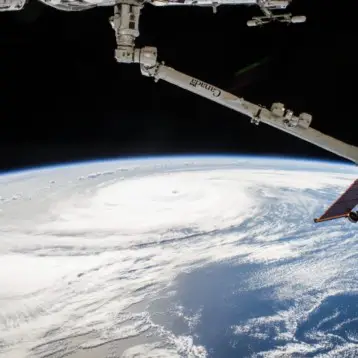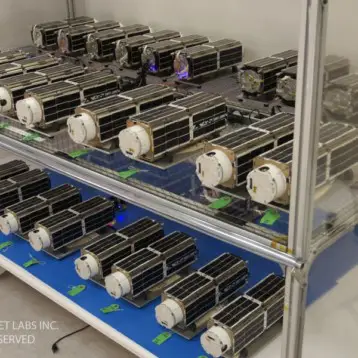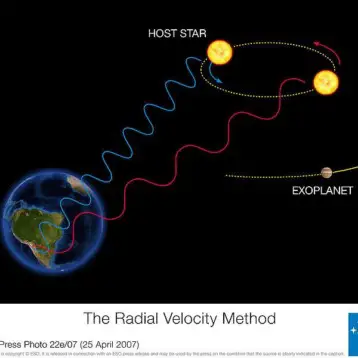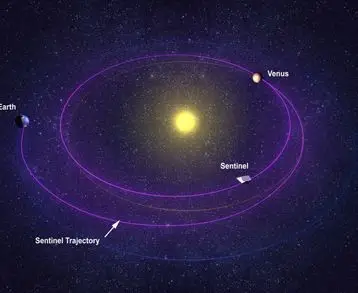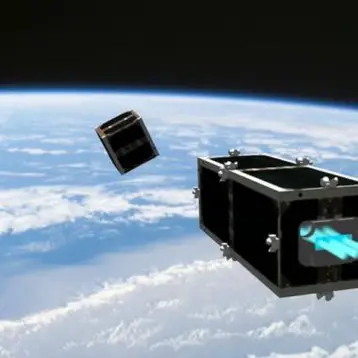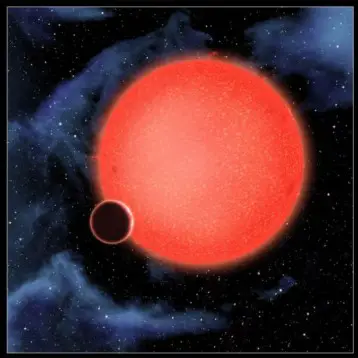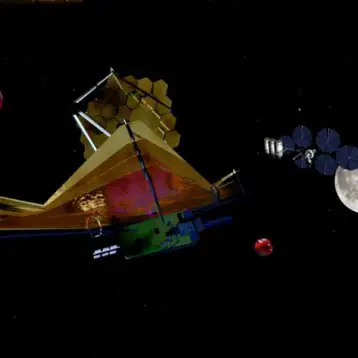Although Mira was discovered by astronomers over 400 years ago, the tail was seen for the first time only in the recent image. Mira is older than our sun and has reached a stage in its lifecycle when it has become what is known as a Red Giant, continuously losing massive amounts of its surface material. Mira has been shedding carbon, oxygen and other elements continuously over the past 30,000 years as it moves through space, creating a comet-like tail.
NASA’s GALEX space telescope, which was used by researchers from the California Institute of Technology (Caltech) to discover Mira’s tail, was launched in 2003. The telescope was launched using Air launched Pegasus XL missile carried by an L-1011 Stargazer aircraft to a height of 40,000 feet over the Atlantic Ocean. The GALEX is a relatively small telescope with a mass of only 280kg and a diameter of 0.5 meters. In comparison, the Hubble Space Telescope is a giant with a diameter of 2.4 meters and a whooping mass of over 11,000kg. Although NASA’s future large space telescope – James Webb Space Telescope – will actually weigh only 6,200kg, its primary mirror will have a collecting area almost 6 times larger.
The GALEX observes the skies in the ultraviolet wavelength. The mission of the telescope is to measure the history of star formation in the universe up to about 10 billion years into the past. This is done by observing hundreds of thousands of different galaxies, with the goal of determining their distance from Earth and the rate at which star formation takes place within each galaxy. The Near and Far UV emissions measured by GALEX can indicate the presence of young stars, but in some cases may also indicate the presence of older stellar populations (such as Hot Sub-Dwarf stars).
TFOT recently covered a few other important discoveries made by NASA’s space based telescopes. Scientists using NASA’s Spitzer space telescope discovered what seems to be the first conclusive evidence for water on an extra-solar planet. Different observations made by Spitzer also led a team of astronomers from University of California in Los Angeles to detect the first ever quadruple-star system, which may also contain planets.
More information on Mira and its tail can be found on NASA’s website.

